I almost fell in love with Fataki. In body, he was a massive hulk of solid muscle. At the back, his thick black hair had turned to silver.
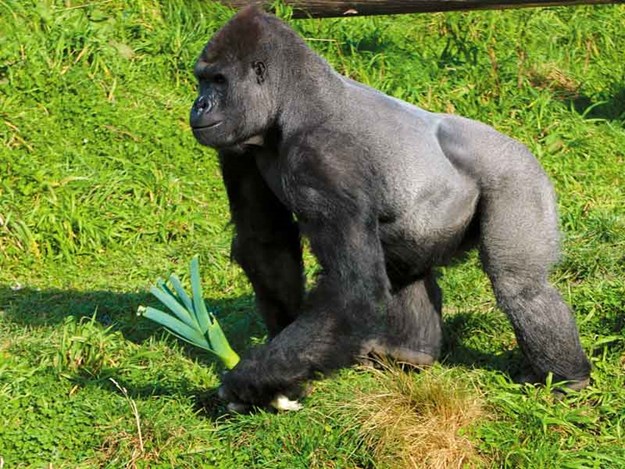
The lips that spread across that astonishing face were set in a grin. His nostrils were as big as my fists, and on the sides of his gigantic head, tags indicated his small ears. It was not his looks that caused my attraction but the fact that I’d never seen anything like him in the flesh before. There are not many gorillas left in the world.
My affections were not returned. In the 20 minutes I spent with Fataki, his coal-coloured eyes didn’t once swivel in my direction. Indifferent to the small gathering of homo sapiens eyeing his every move, he loped around his outdoor playground and sat on his haunches to scratch his paunch and pick through his scalp with one hairy hand. Then he grabbed a branch as thick as my thumb and snapped it with his enormous teeth as if it were a cocktail pretzel.
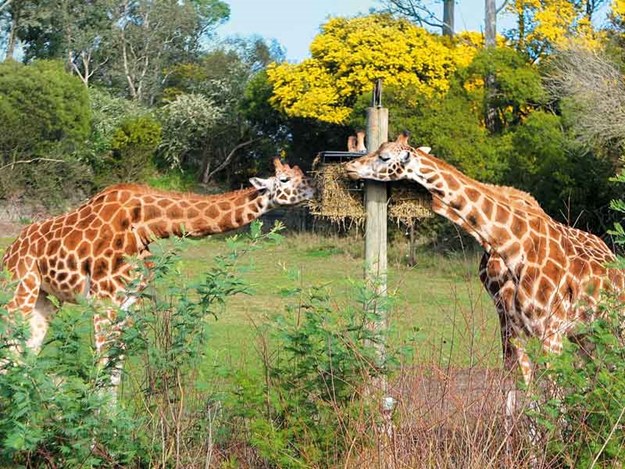
Three gorillas live in the recently built ape house at Orana Wildlife Park on the outskirts of Christchurch, and renting the rest of the space while their home at Auckland Zoo is renovated, are three large, shaggy orangutans.
The 80-hectare open-range zoo has been home to exotic and native animals for the past 42 years. In 1976, a group of enthusiasts built facilities in a stony riverbed and a small zoo opened in 1976.
Over the years, it expanded into the extraordinary place it is today. The Orana Wildlife Trust now looks after around 4000 animals and 70 different species and is run by 40 full-time staff and many volunteers. Funding comes from sponsorship, grants, donations, and gate sales.
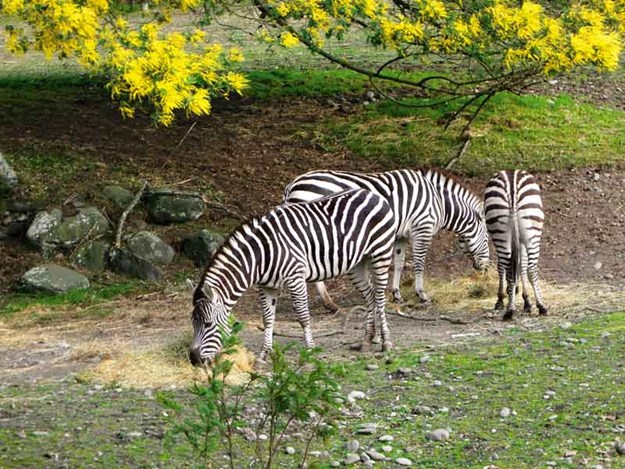
Fataki could have eaten my second favourite zoo resident in two easy bites. The New Zealand blue duck (whio) is also rare but this time, it was good looks that held my attention. A male whio bobbed across the fast-flowing water towards us. He was wearing his breeding gear—soft grey plumage on his body and covering his breast a bright bib of rust-coloured dots.
Whio are one of the park’s breeding success stories. Fifty have now been released back in the North Island and 12 in the South Island. Other successful New Zealand native breed-and-release programmes involve kiwi, orange-fronted parakeet, and brown teal.
Female cheetahs, who are notoriously picky about the mates they choose, have produced 24 cubs; lions, who are not as picky, have given birth to numerous cubs in the past; the exceedingly rare white rhino have had three calves, and the three female giraffes will be shortly be joined by a male who will hopefully increase the numbers.

Not all animals are brought here to breed. Some are in a holding pattern so that when a suitable partner is found at some certified breeding facility, they can be shifted off to be married.
I don’t have word-space here to go into detail but the breeding of rare species is labour-intensive, scientifically researched, and minutely planned and monitored through worldwide inter-related programmes.
Orana Wildlife Park is New Zealand’s only free-range zoo and the enclosures for the animals replicate as much as possible the areas they would have lived in the wild. No animal looked uncomfortably caged.
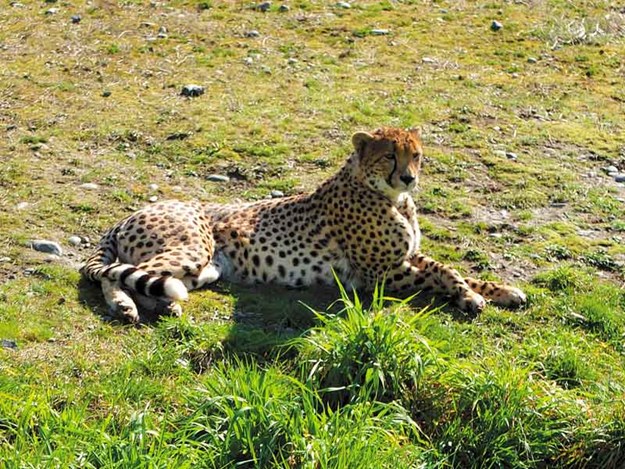
The cheetah, springbok, oryx, yak, buffalo, and waterbuck have plenty of open space to roam. Smaller animals, such as meerkats, monkeys, and Tasmanian devils have smaller spaces with playgrounds and hideaways that are specific to their needs.
The lowland vegetation, waterfall, and swift-running stream of the walkthrough cage that houses tui, bellbird, red-fronted parakeet, and blue duck almost convinced me I was on location. The kea, busy with all their intelligent antics, are housed next door.
Zoo animals are ambassadors for their cousins in the wild. Although tourism is an important part of the operation, conservation, education, breeding programmes, and advocacy are equally valuable.
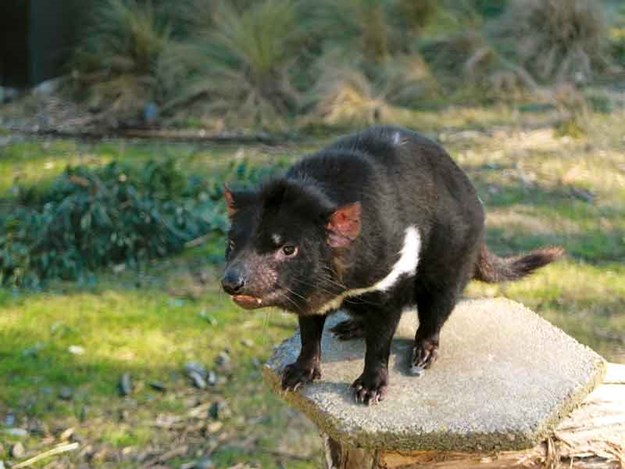
Staffer Nathan Hawke underlined the importance visitor support. “Luckily we have a steady stream,” he said. “We get a lot of people in RVs. There’s plenty of parking. They often spend the whole day here and take it all in at an unhurried pace.” Whenever I can, I will be found among them.
Info panel
- There is a good cafe on site.
- An exciting playground caters to children.
- There are feeding times for some of the animals.
- Visitors, secured in a strong cage, can have a close encounter with lions.
- A small train tours the park for those who don’t want to walk.
- A farm animal collection is popular with children
- Visit oranawildlifepark.co.nz for more info
Win a family pass to Orana Wildlife Park

Orana Wildlife Park have provided us with two family passes (two adults and up to three children) to give away!
CLICK HERE TO ENTER THE COMPETITION
This competition ends 21 September 2018.





